10 Best Energy Stocks to Buy for a 2019 Gusher
Energy stocks have had a difficult 2018.

Energy stocks have had a difficult 2018. Mostly flat performance through most of the year turned into a tailspin in October as oil prices plunged from above $75 per barrel to below $50. That in turn has pinched oil companies that rely on elevated commodity prices to drive larger profits.
The headwinds are clear. Demand has slowed to a crawl, and supplies have piled up despite production cuts from several nations. Fears about U.S.-China trade relations have weighed, as have worries about sanctions on Iran.
It’s no wonder why energy stocks have taken it on the chin.
But the skies are starting to clear as we head into 2019. OPEC and other nations are beginning to discuss additional output curbs, and with U.S. shale producers running at full capacity, there really isn’t much room for them to pick up any slack. The U.S. and China have made progress on trade talks, too, including a 90-day moratorium on increasing tariffs.
Investors diving into the sector still need to be choosy. A rebound in oil is far from a certainty, which means it’s necessary to put a premium on quality right now. Here, we look at the 10 best energy stocks to buy for 2019 – those that can best take advantage of the current energy environment.
Disclaimer
Data is as of Dec. 3, 2018. Dividend yields are calculated by annualizing the most recent quarterly payout and dividing by the share price.
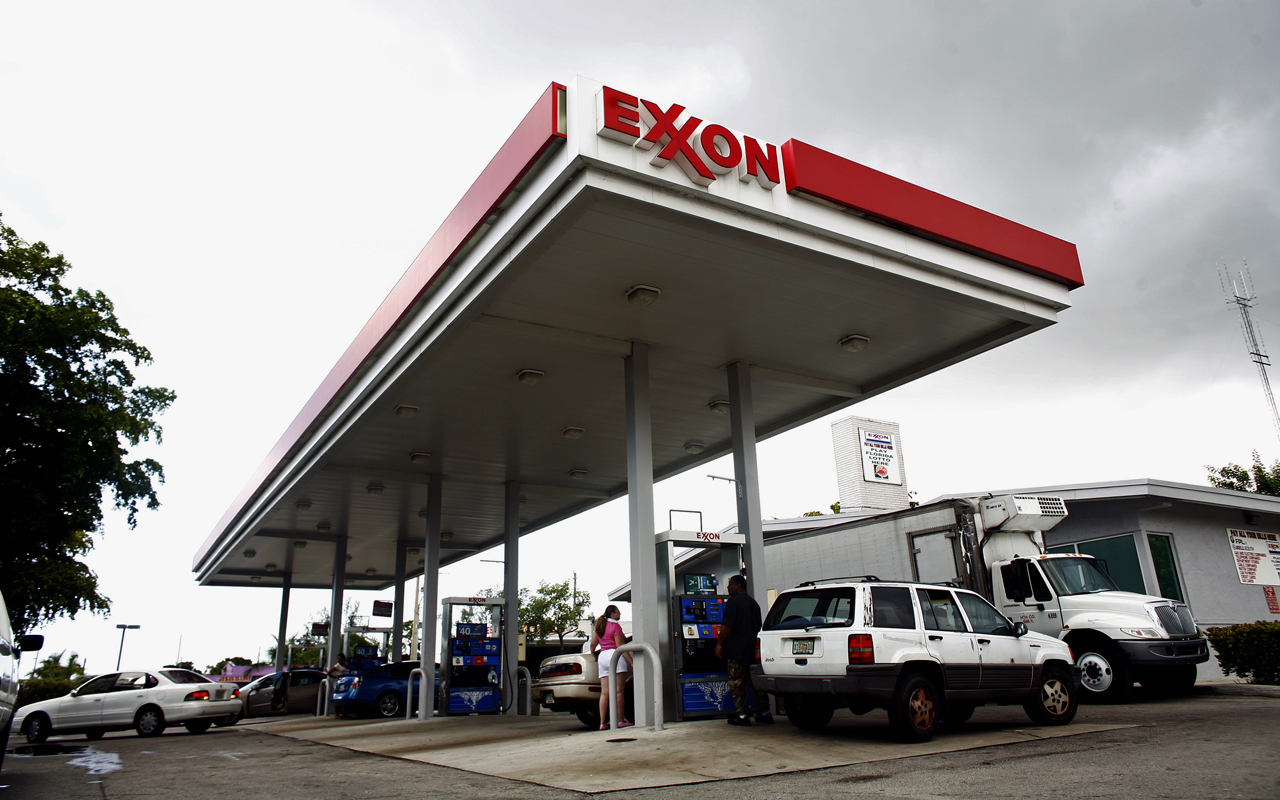
Exxon Mobil
- Market value: $340.8 billion
- Dividend yield: 4.1%
Most lists of energy stocks at any time include the biggest American player in the space: Exxon Mobil (XOM, $79.50). But Exxon hasn’t really felt like the king of late.
Believe it or not, Exxon is starting to fall behind some of its rivals in terms of reporting lower year-over-year production figures, and in terms of stock returns. That’s what makes the current oil-price environment so interesting for the integrated energy giant.
When oil prices crashed a few years ago, Exxon clamped down on capital expenses, reducing its capex by 25% to under $23 billion. It also ended its lucrative buyback program to preserve cash. The result of these moves was a clip in production; for instance, at the start of Q1 2018, total oil and gas production decreased 6% year-over-year. At the same time, rivals who kept the spigots going now have projects that are starting to gush.
But Exxon has a new plan. The energy major will push its capital spending from $24 billion in 2018 to $28 billion in 2019, and eventually get up to an average of about $30 billion between 2023 and 2025. Much of this will be focused on high-margin areas such as the Permian Basin or new prolific fields such as offshore operations in Guyana. Upside from the Permian already started to show up for Exxon in 2018, and Guyana should significantly improve its production within the company’s official target of five years.
Patient investors waiting for Exxon to realize its long-term potential will be paid a hefty 4% annually in dividends just to wait
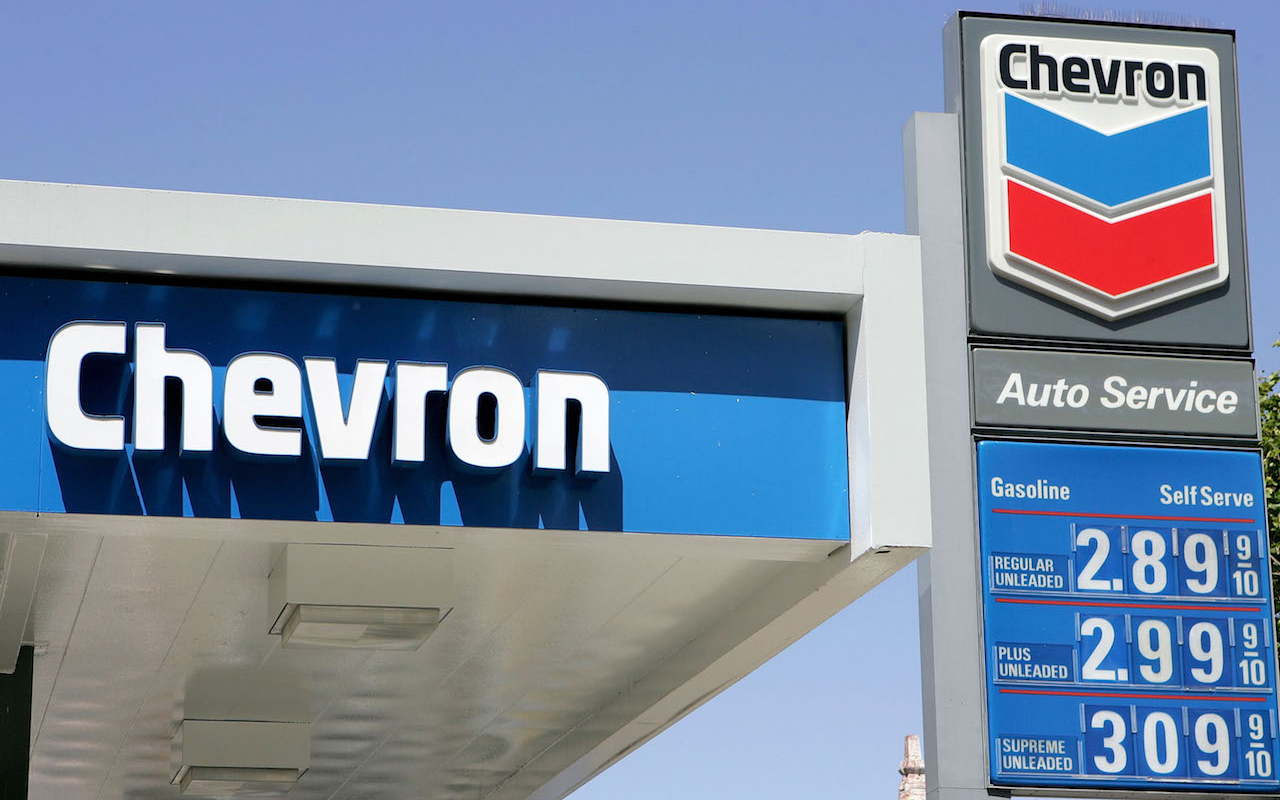
Chevron
- Market value: $230.1 billion
- Dividend yield: 3.8%
- Chevron (CVX, $118.94) is another Big Oil stock that has been thinking smaller of late. The oil rout of 2014-15 constricted the company’s cash flows and production figures, and ultimately led to questions about the company’s dividend. While CVX ultimately never cut it, Chevron did leave the quarterly dividend flat in 2015, only raised it 1 cent in 2016, then kept it flat again in 2017.
The foot-dragging was a necessity, as Chevron was being forced to lean heavily on asset sales and its balance sheet to fund capex spending and its dividend.
But now, Chevron’s benefitting from its lean-time strategy. Several big-name projects have come online to produce both crude oil and natural gas. Its Wheatstone and Gorgon liquefied natural gas (LNG) facilities are finally up and running, while several new fields in the Permian and in the Gulf are pumping out crude. In its Q3 report, Chevron announced a record quarterly production figure of 2.96 million barrels per day. This prompted an upgrade from Credit Suisse, which said CVX “continues to execute on its already superior growth outlook.”
Chevron is now pulling back on its capex spending to about $19 billion – down from the $25 billion to $30 billion it has spent over the past few years. That should pad the bottom line, giving the dividend a little more breathing room to grow.
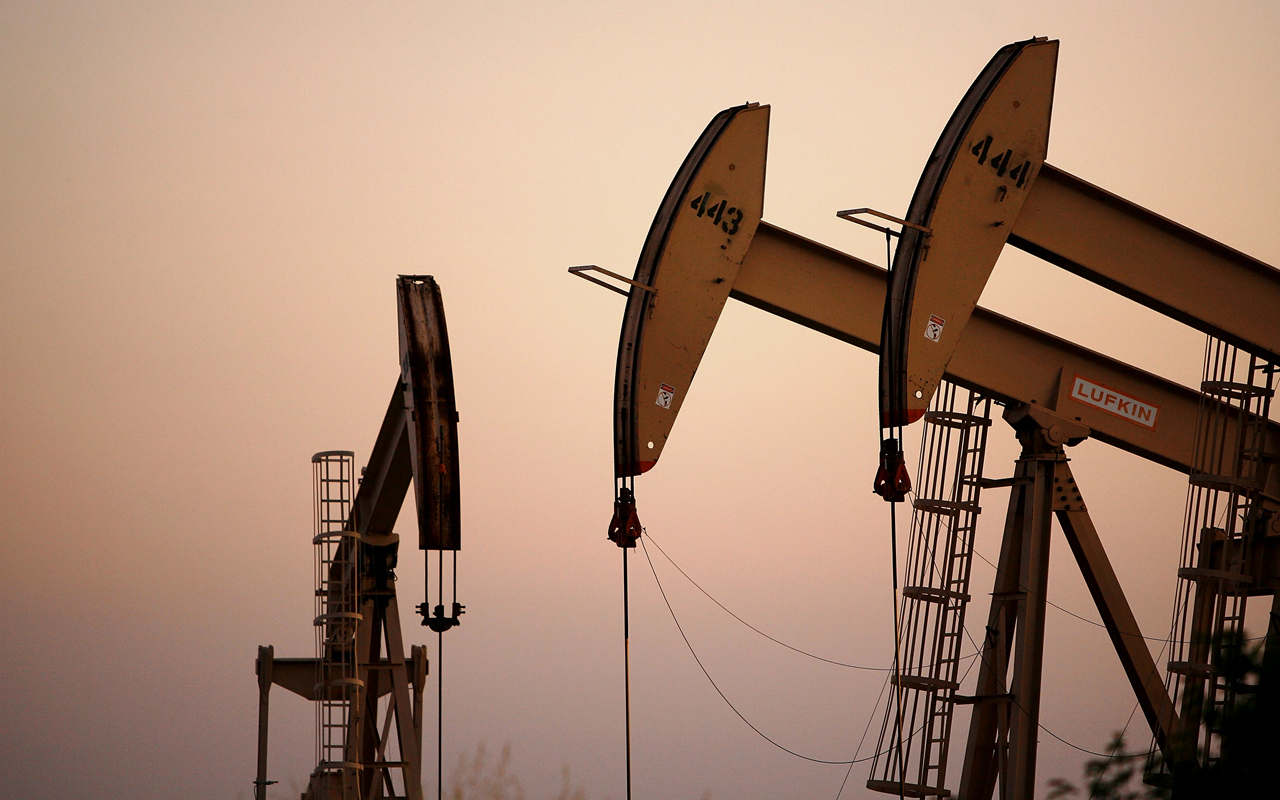
Occidental Petroleum
- Market value: $53.5 billion
- Dividend yield: 4.4%
- Occidental Petroleum (OXY, $70.27) is a second-tier name in energy, but investors who pass it by on name recognition alone are losing out.
Occidental is considered a “mini-integrated” oil firm. It features plenty of up-, mid- and downstream assets, basically from wellhead to end user. It’s just not as huge as Exxon or Chevron, but neither is it a pure exploration-and-production player. It makes it more difficult for investors to evaluate.
But OXY could be a “Goldilocks” energy stock: not too big, not too small.
Occidental has long been a top producer in some low-cost regions. It owns 2.5 million net acres in the Permian Basin. Additionally, it has some major legacy assets in Qatar, Oman and the United Arab Emirates. This creates a very low-cost output profile that allows OXY to score big when oil prices rise. During its latest investor presentation, the company’s management should that its current cost structure should allow it cover CAPEX and increase its dividend with West Texas Intermediate oil – the primary American benchmark – at $50 per barrel.
On the flipside, Occidental’s refining assets focus more on chemical production rather than gasoline and fuels. Typically, chemicals and base-plastics have much higher margins than gas.
OXY has been able to generate five-year average free cash flows of around $1.2 billion, according to Morningstar data. This period includes the latest oil rout and shows that OXY’s mix of assets can keep it and investors afloat in most energy environments.
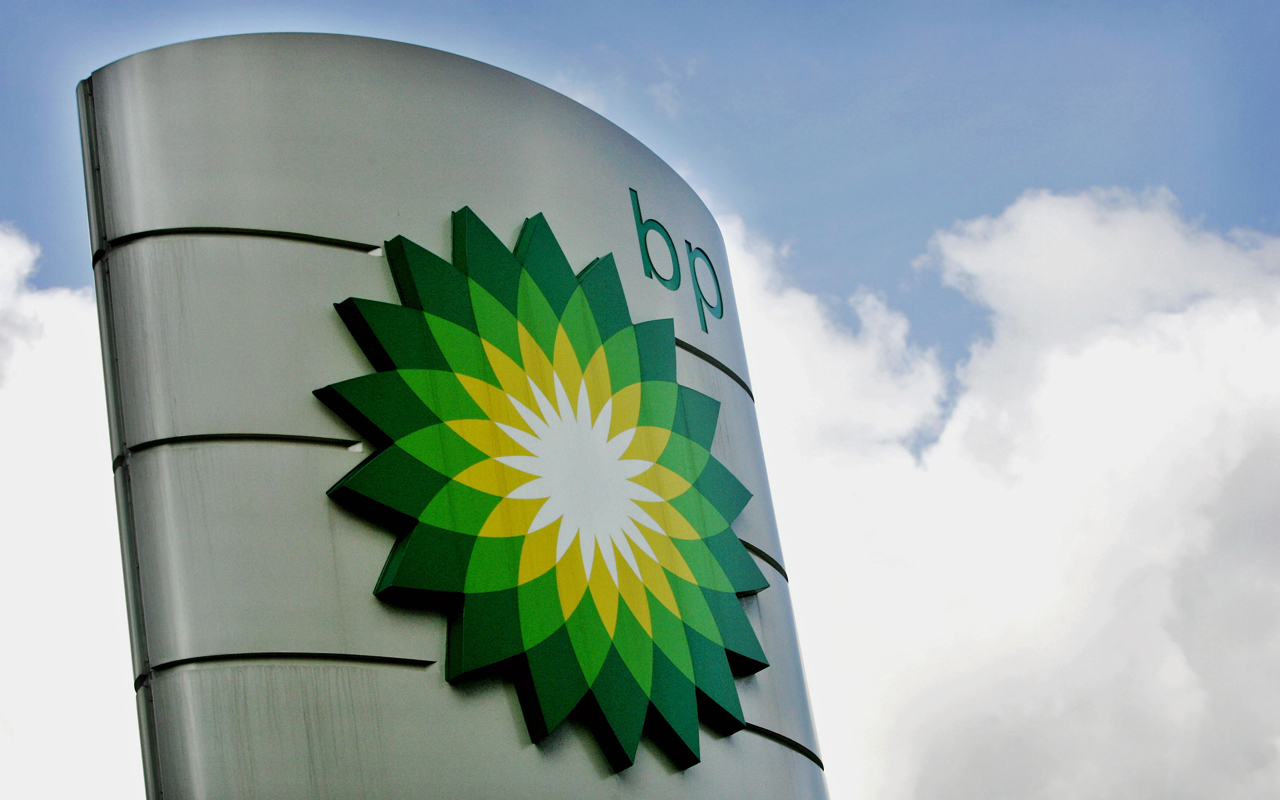
BP plc
- Market value: $137.4 billion
- Dividend yield: 6.1%
The Deepwater Horizon and its aftermath hounded international integrated giant BP plc (BP, $40.35) and its stock for years. One of the worst oil spills in history resulted in billions of dollars in fines, fees, lawsuits and compensation. The total bill to date is just under $62 billion.
To pay that bill, BP cut spending, sold off billions of dollars’ worth of assets and created a script dividend program in which investors were able to receive payouts in additional shares rather than cash.
Finally, though, BP is starting to leave the Deepwater Horizon disaster behind. Once it makes a few final small settlement payments in 2019, it will be freed from the massive financial burden – just in time.
BP’s focus has necessarily been squeezing out as much profit per barrel as possible. The company earned $3.8 billion in its third quarter, for instance, more than doubling its profits from the year-ago period. That builds on two previous quarters of strong profits. Said CEO Bob Dudley, “We now have a base business that can balance itself at $49 a barrel.” That’s important considering the current environment in crude prices.
BP’s cash has now returned to levels where it can cover a real dividend, as well as expand its capex. That should propel the dividend stock in 2019.
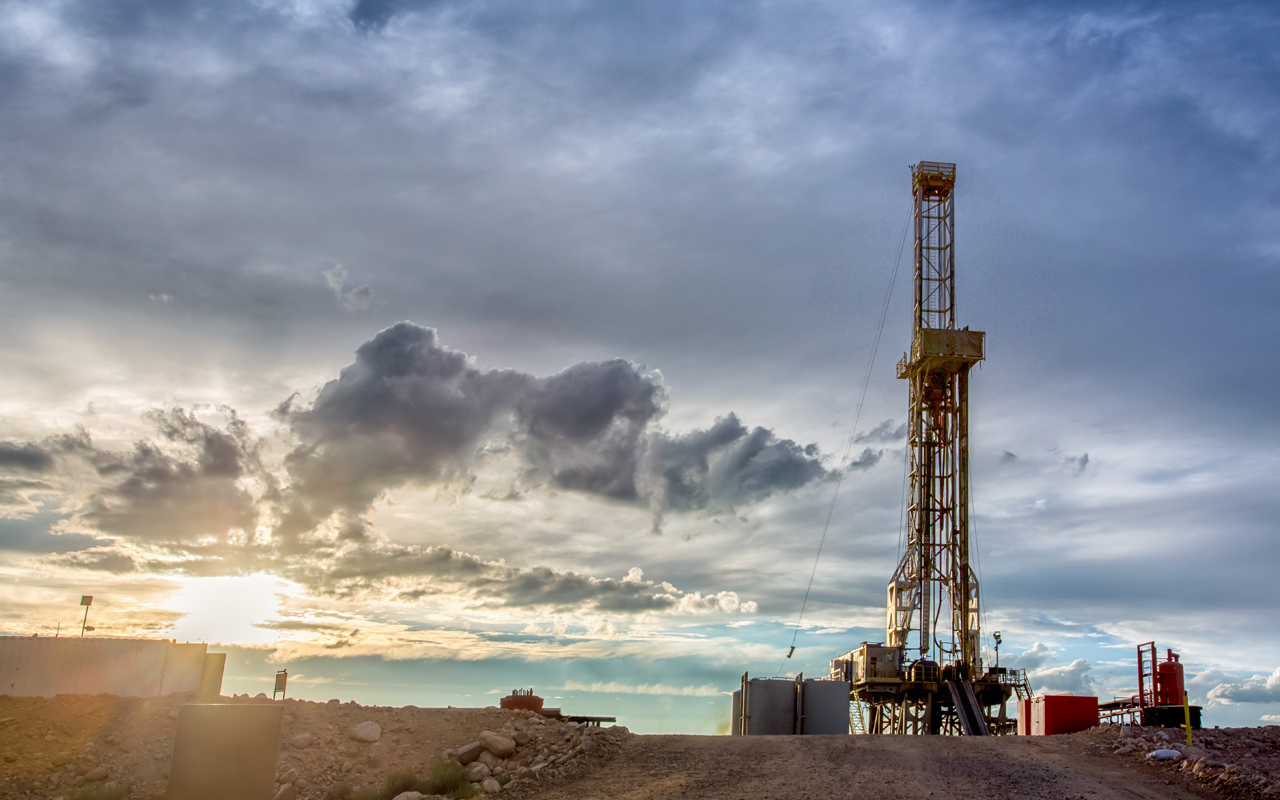
EOG Resources
- Market value: $62.0 billion
- Dividend yield: 0.9%
- EOG Resources (EOG, $103.31) was fracking before it was cool.
Years ago – as Enron Oil & Gas – EOG was one of the first movers into the “Big Three” shale fields: the Eagle Ford, Permian and Bakken. That allowed it to build out some of the largest, choicest drilling locations in each field. That first-mover status in turn has helped it realize great mechanics and efficiencies from its wells.
Thanks to EOG’s superior quality of reserves, the firm boasts one of the lowest breakeven costs in the business. According to its latest management presentation, EOG can still pull a 30% direct after-tax rate of return (ATROR) from WTI-benchmarked oil at $40 per barrel. It makes 100% when oil gets up to $60 per barrel.
EOG used the current energy-price malaise to secure roughly 65% of its future well costs today. EOG Resources COO Lloyd Helms said during the latest quarterly earnings call that the current negotiated structure for services provides the company with “a great deal of flexibility to adjust our activity level in 2019,” and that “by doing so, we expect to reduce total well cost again in 2019.” Helms predicts its drilling costs will fall another 5% next year.
And any dip in costs will only help the bottom line.

ConocoPhillips
- Market value: $78.5 billion
- Dividend yield: 1.8%
Leading independent E&P company ConocoPhillips (COP, $66.18) has had to make several hard decisions over the past few years that are finally paying off.
Those hard decisions included a dividend cut in 2016. The 66% haircut to the payout, as well as capex cuts, have turned out to be godsend, however. Conoco was one of the first oil stocks to get “lean and mean,” focusing its now-lower capital spending on top shale fields and other promising plays. Shale fields such as Bakken, Eagle Ford, and Permian Basin have well mechanics with breakeven costs as low as $35 per barrel. Conoco quickly has become one of the top dogs in all three of those regions with more than 1.8 million total acres under its control.
This has helped the bottom line, with COP reporting a more-than-350% year-over-year surge in its most recent quarterly profits. The three aforementioned fields saw production jump by more than 48%.
As a result, COP has resumed buybacks and started growing its dividend once more. With its latest increase, Conoco’s payout has grown 22% since it was slashed in 2016. And ConocoPhillips can continue to function well in today’s low-price environment.

Marathon Oil
- Market value: $14.3 billion
- Dividend yield: 1.2%
- Marathon Oil (MRO, $16.69) once was an integrated giant that owned both production and refining assets. Just like Conoco, MRO sought to rid itself of those refining assets, which were slow-moving and money-losing at the time. But that spinoff seemed ill-timed; Marathon was left without any downstream assets that could have taken advantage of the lower oil prices from the 2014-15 crash.
Marathon didn’t have the size advantage Conoco did, however. As oil plunged, investors took shares to the woodshed. At one point, you could buy MRO shares for around the price of an Extra Value Meal. Fearing oil would stay lower for longer, Marathon cut its capex budget by more than 20% and reduced its dividend by more than three-quarters.
MRO pruned assets, too, including selling its Canadian oil sands holdings that, as CEO Lee Tillman put it, “represented about a third of our Company’s other operating and production expenses, yet only about 12 percent of our production volumes.” It instead focused its attention on the Permian, as well as the Bakken and Eagle Ford. Today, more than 70% of Marathon’s production comes from U.S. sources. These low-cost fields are allowing MRO to balance capex spending and dividends at just $50 per barrel of WTI crude.
Marathon offers a similar gains profile to COP in the current environment.
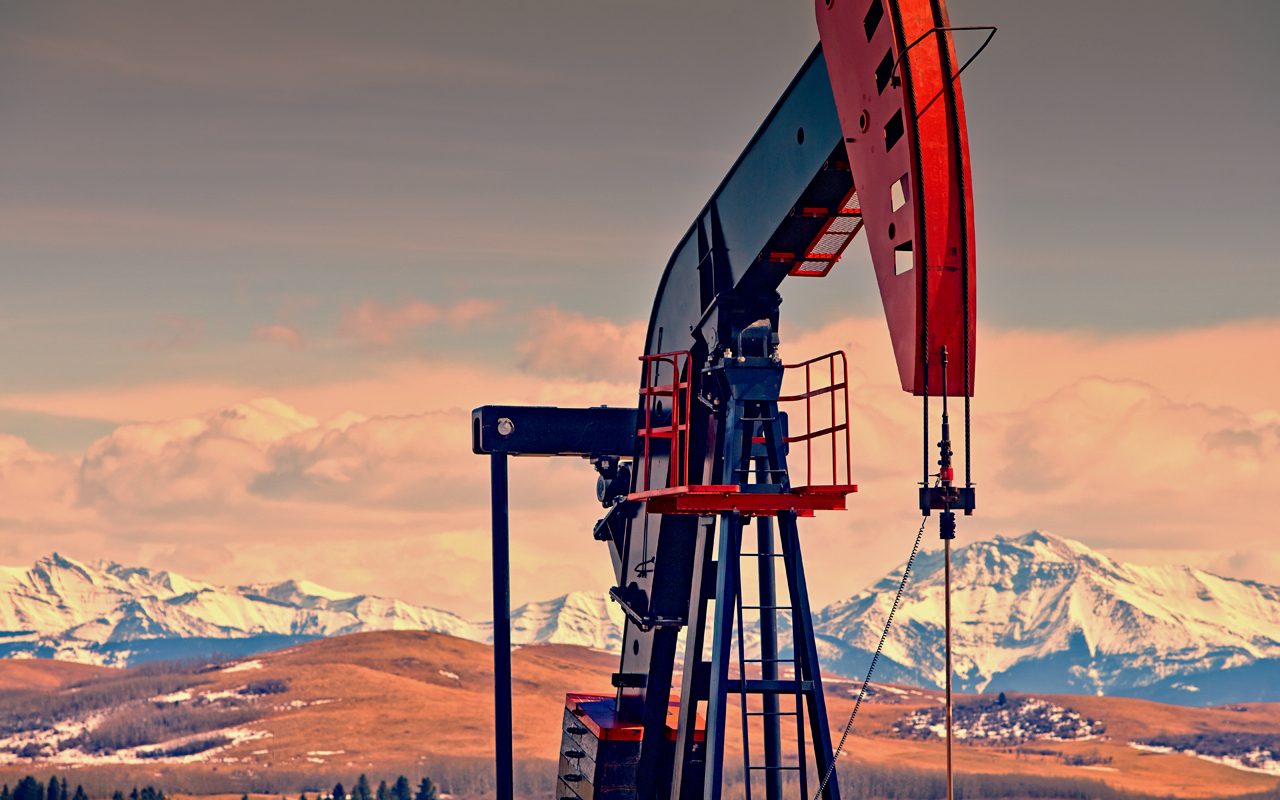
Devon Energy
- Market value: $13.2 billion
- Dividend yield: 1.2%
If you haven’t heard of Devon Energy (DVN, $27.03), you’ll be glad to learn about it now.
Devon originally was a natural-gas-focused firm, which was fine until nat-gas prices – thanks to fracking’s efficiency – tanked hard in the late aughts. DVN shares were put on the backburner.
To counteract this, Devon management plowed into a variety of shale oil plays including the Eagle Ford, as well as Oklahoma’s “STACK” region, Delaware Basin and in the Rocky Mountains. It also sold natural gas assets. As a result, 63% of its production (as of the end of 2017) comes from crude oil and NGLs.
This has been a boon operationally. Devon recently reported a big profit beat and produced $807 million in operating cash flow during the quarter. This fully funded its drilling program with about $250 million left over.
DVN shares have chronically underperformed the rest of the sector, anyway. But Devon could be a sneaky play. The company has a $4 billion share repurchase program that should finish in early 2019 – a program that will reduce its outstanding common stock by about 20% in total.
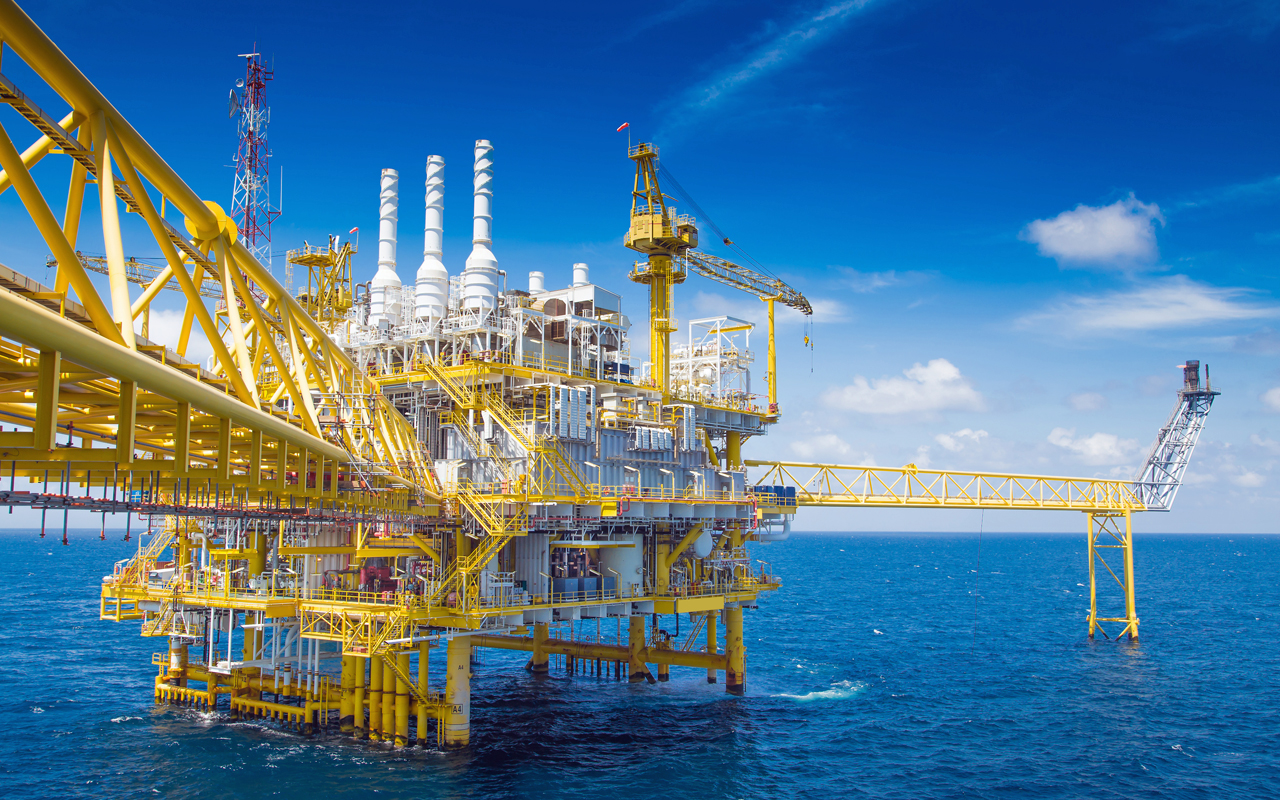
Anadarko Petroleum
- Market value: $27.6 billion
- Dividend yield: 2.0%
The current oil-price environment means Anadarko Petroleum (APC, $52.90) has a target on its back yet again.
If you were to take Exxon and break it apart, Anadarko would be the part that actually pulls out the oil – and it does so all over the world. So if you were an Exxon or a Chevron and needed expand your own production profile, you could move the needle by acquiring APC. Moreover, the recent rout in energy stocks has made Anadarko more affordable at less than $30 billion.
There are several other reasons to believe an energy giant might come to the table and eat. Anadarko has reduced its costs and increased its percentage of crude oil production thanks to shale. Its operations are so good that their breakeven points are in the $20- to $30-per-barrel range. Across all assets, APC sees incremental cash flows above $50 per barrel. And with Anadarko recently selling off its midstream assets, it looks more like a pure E&P player every day. That’s exactly what a company like Exxon might want.
Even if a buyout doesn’t happen, APC’s continued improvements have resulted in shrinking losses. Moreover, the company – which had to reduce its dividend from 27 cents quarterly to 5 cents in 2016 – restored it to 25 cents in 2018, and even raised it up to 30 cents.
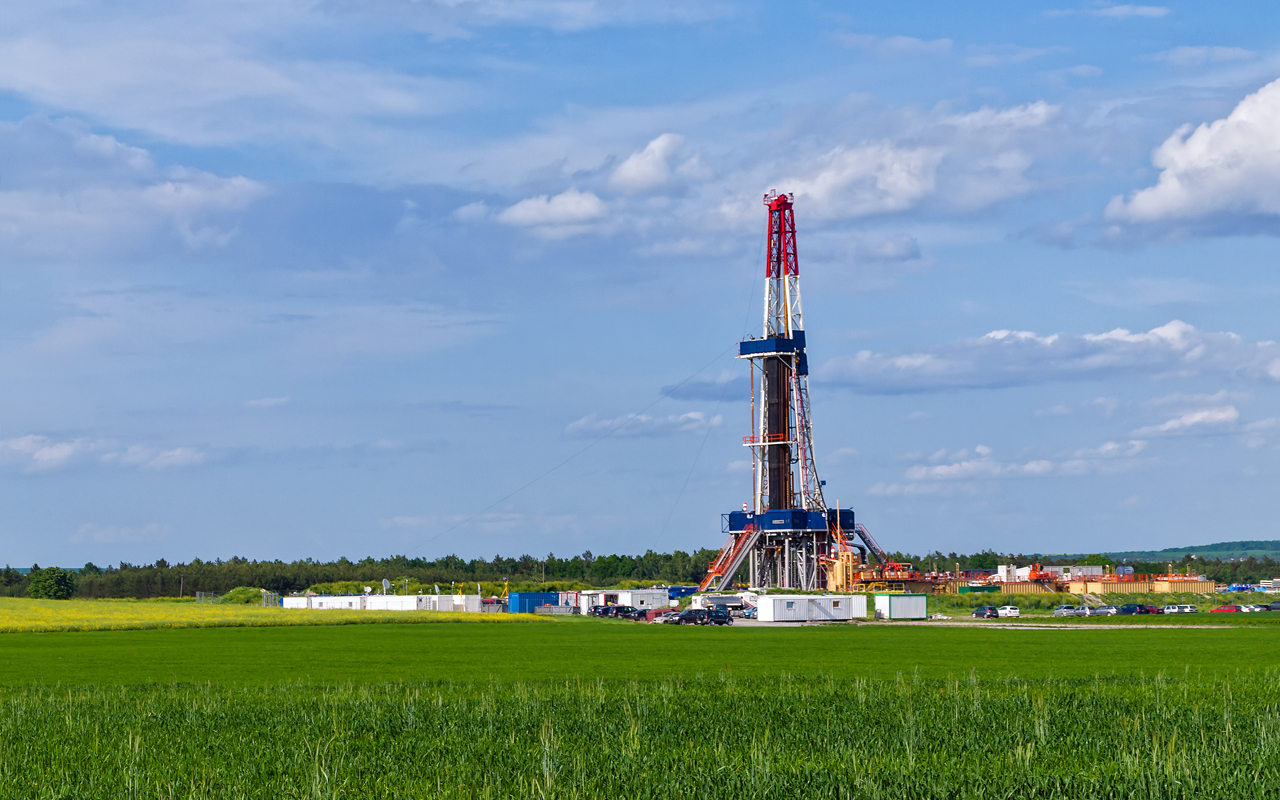
Chesapeake Energy
- Market value: $2.8 billion
- Dividend yield: N/A
- Chesapeake Energy (CHK, $2.92) is the most aggressive play on this list, and in fact, you could call it a “lottery ticket” stock. In fact, at just less than $3 per share currently, it’s priced like one.
Chesapeake’s low price is a result of numerous missteps.
Chesapeake is one of the biggest shale drillers of natural gas in the U.S. But to gain its size, it binged on debt. At one point, it had more than $21 billion in IOUs to its name. That wrecked Chesapeake when natural gas and oil cratered in 2014-15. The firm went on an asset-selling spree to raise funds so it could still drill while reducing that huge burden. It did clip that net debt down to around $9.4 billion – not great considering its total shareholder equity is around $3.4 billion, but it is a marked improvement.
Cash is improving, too. Higher-margin oil now represents around 19% of production. That helped Chesapeake record more than $504 million in cash from operating activities last quarter. Continued moves into shale have management predicting that 30% of its production will come from oil in 2019.
CHK is improving. There’s still a lot of risk – most notably, that debt – but it has the potential to be one of the bigger-reward energy stocks to buy in 2019.
Get Kiplinger Today newsletter — free
Profit and prosper with the best of Kiplinger's advice on investing, taxes, retirement, personal finance and much more. Delivered daily. Enter your email in the box and click Sign Me Up.
-
 Two Don'ts and Four Dos During Trump's Trade War
Two Don'ts and Four Dos During Trump's Trade WarThe financial rules have changed now that tariffs have disrupted the markets and created economic uncertainty. What can you do? (And what shouldn't you do?)
By Maggie Kulyk, CRPC®, CSRIC™
-
 I'm Single, With No Kids: Why Do I Need an Estate Plan?
I'm Single, With No Kids: Why Do I Need an Estate Plan?Unless you have a plan in place, guess who might be making all the decisions about your prized possessions, or even your health care: a court.
By Cynthia Pruemm, Investment Adviser Representative
-
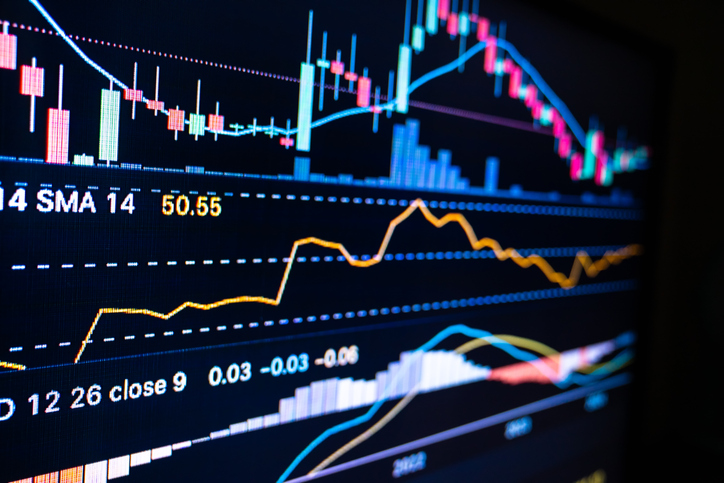 Stock Market Today: Dow Leads as UnitedHealth Stock Pops
Stock Market Today: Dow Leads as UnitedHealth Stock PopsUnitedHealth was the best Dow Jones stock Monday on reports that Medicare Advantage payments could rise in 2026.
By Karee Venema
-
 The Cheapest Places To Retire in the US
The Cheapest Places To Retire in the USWhen you're trying to balance a fixed income with an enjoyable retirement, cost of living is a crucial factor to consider.
By Stacy Rapacon
-
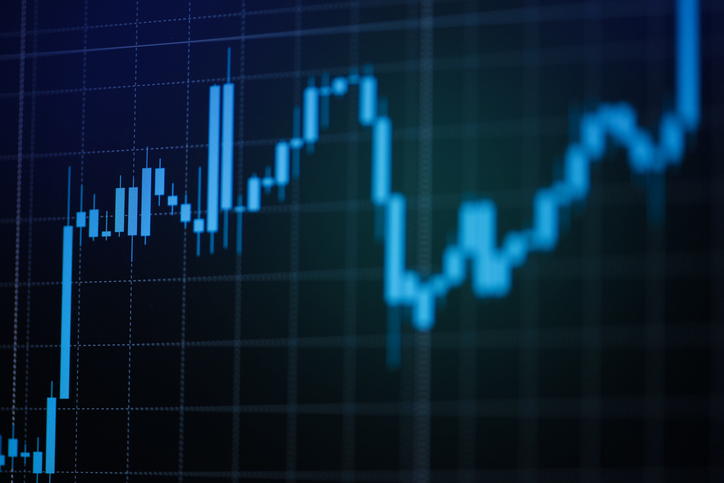 Stock Market Today: Stocks End Mixed After FOMC Minutes
Stock Market Today: Stocks End Mixed After FOMC MinutesThe minutes from the December Fed meeting signaled central bankers' uncertainty over potential Trump administration policies.
By Karee Venema
-
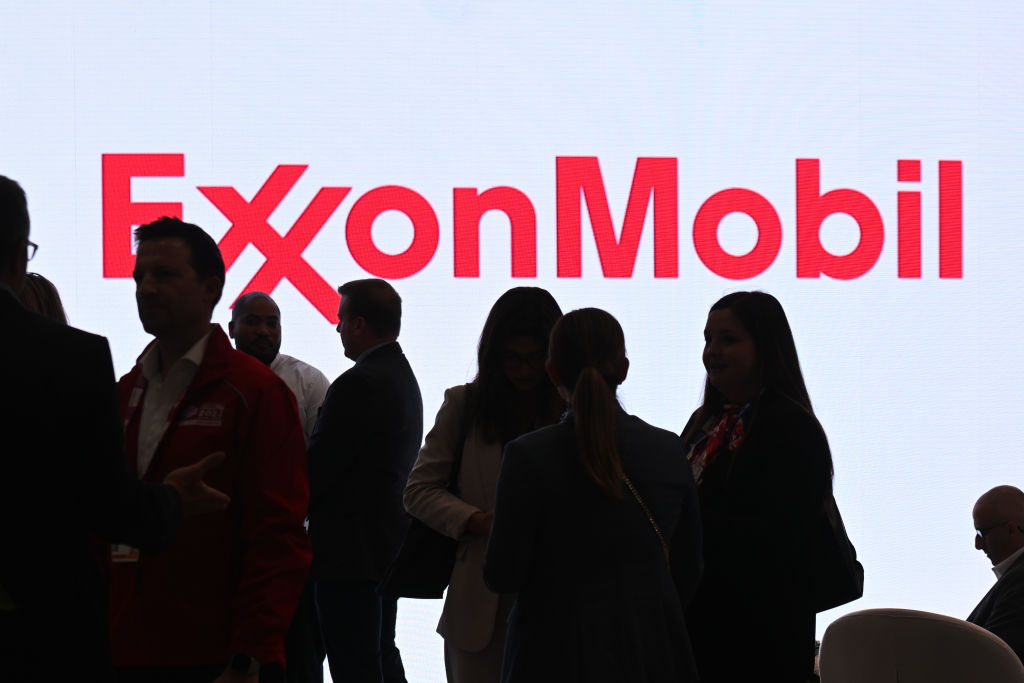 Exxon Mobil's Earnings Warning Shouldn't Worry Investors
Exxon Mobil's Earnings Warning Shouldn't Worry InvestorsExxon Mobil said lower oil prices and refining margins will weigh on earnings, but Wall Street isn't overly concerned. Here's what you need to know.
By Joey Solitro
-
 Stock Market Today: Stocks Renew Rally Ahead of Mag 7 Earnings
Stock Market Today: Stocks Renew Rally Ahead of Mag 7 EarningsThe Dow Jones led the major indexes higher on the strength of old-school industrial stalwart 3M.
By David Dittman
-
 7 Stocks Warren Buffett Is Buying (and 10 He's Selling)
7 Stocks Warren Buffett Is Buying (and 10 He's Selling)Warren Buffett Warren Buffett's Berkshire Hathaway sold Apple and Snowflake but picked up Ulta Beauty and Heico, among other moves in Q2.
By Dan Burrows
-
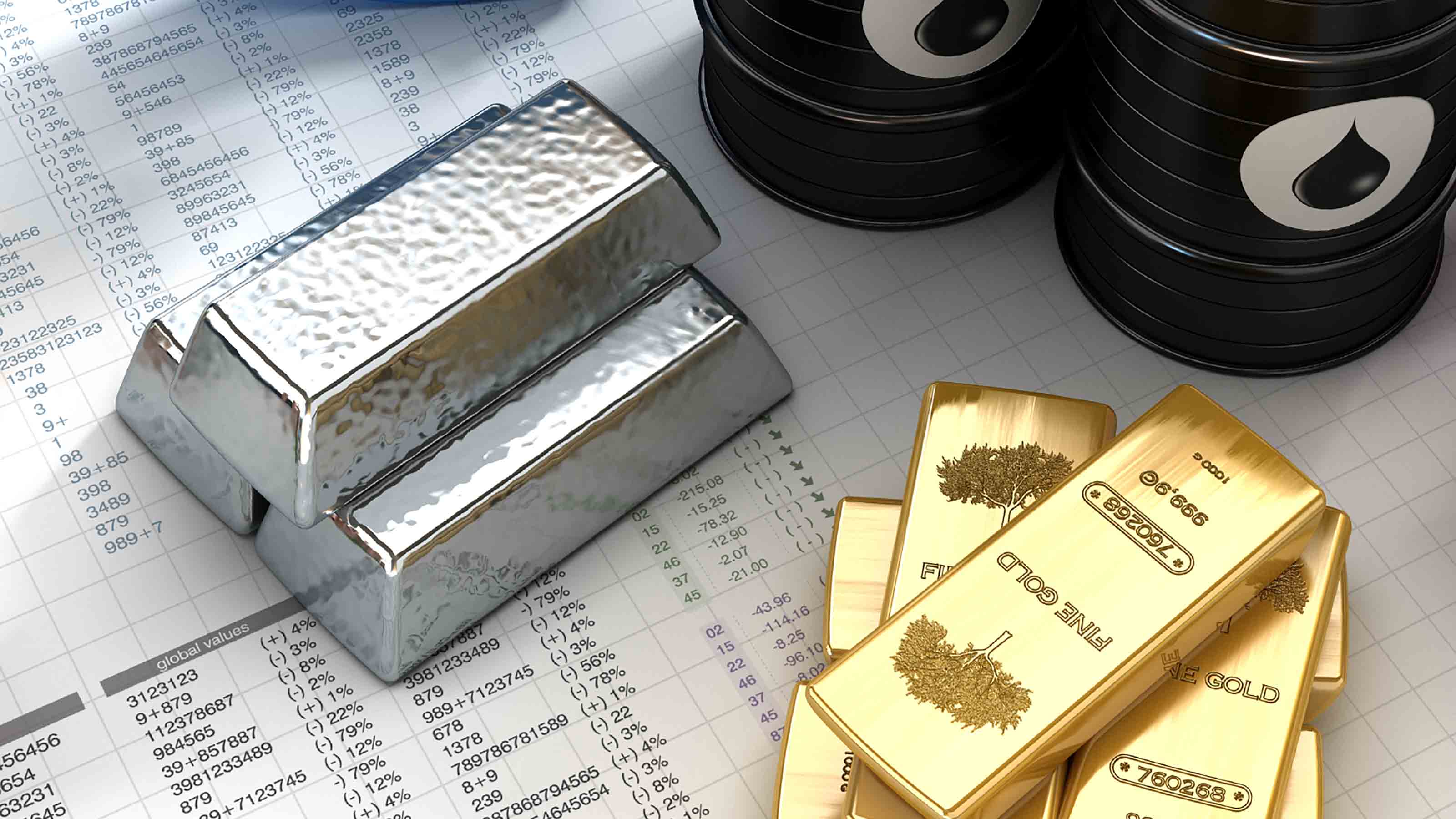 Why You Should Invest in Commodities
Why You Should Invest in CommoditiesThese portfolio diversifiers are in a long-term uptrend and show why you should invest in commodities
By Anne Kates Smith
-
 Stock Market Today: Stocks Close Higher Ahead of Fed, May CPI
Stock Market Today: Stocks Close Higher Ahead of Fed, May CPIMonday was a quiet session for the main indexes but this week's Fed meeting and a key inflation update could create fireworks.
By Karee Venema
